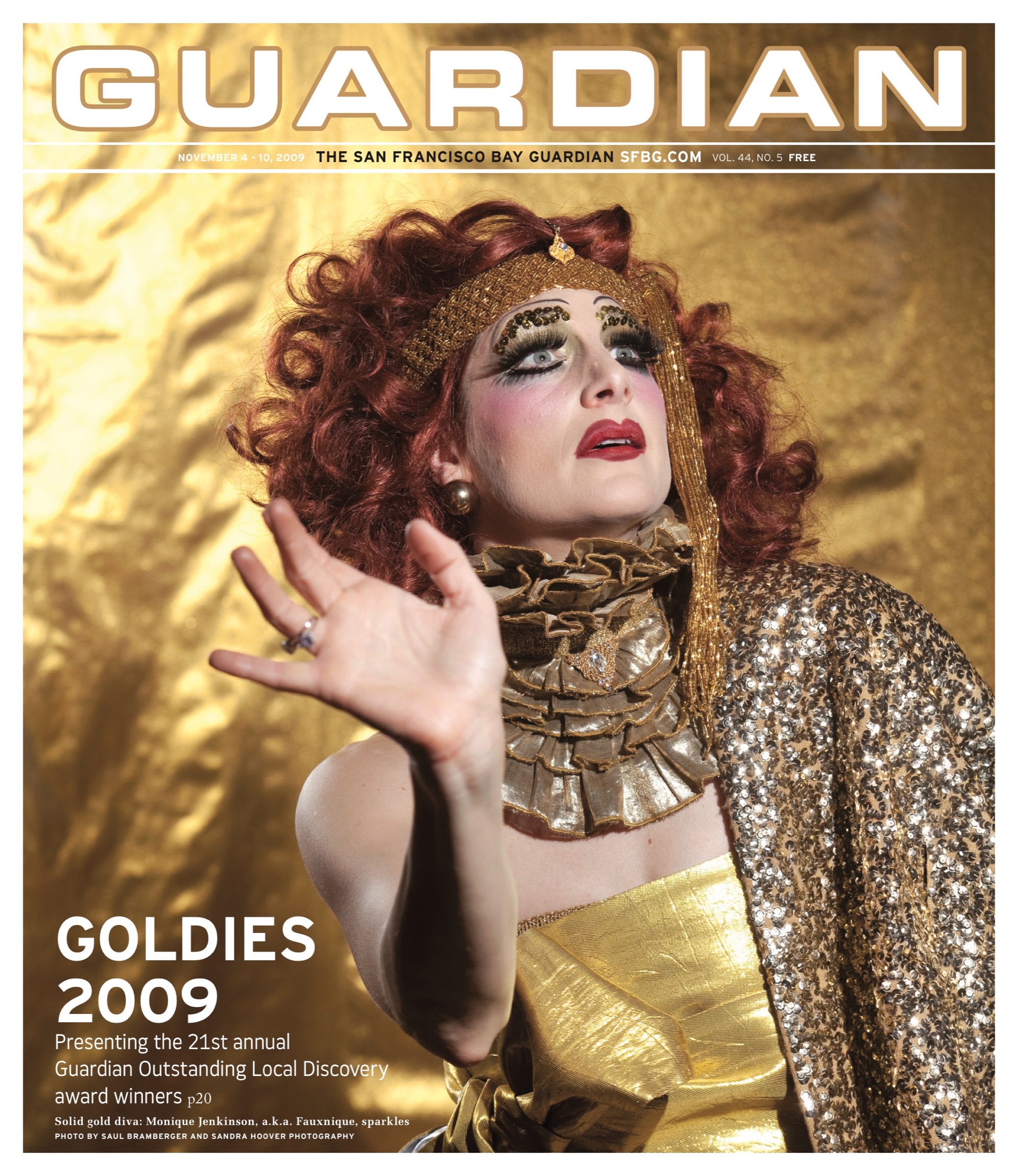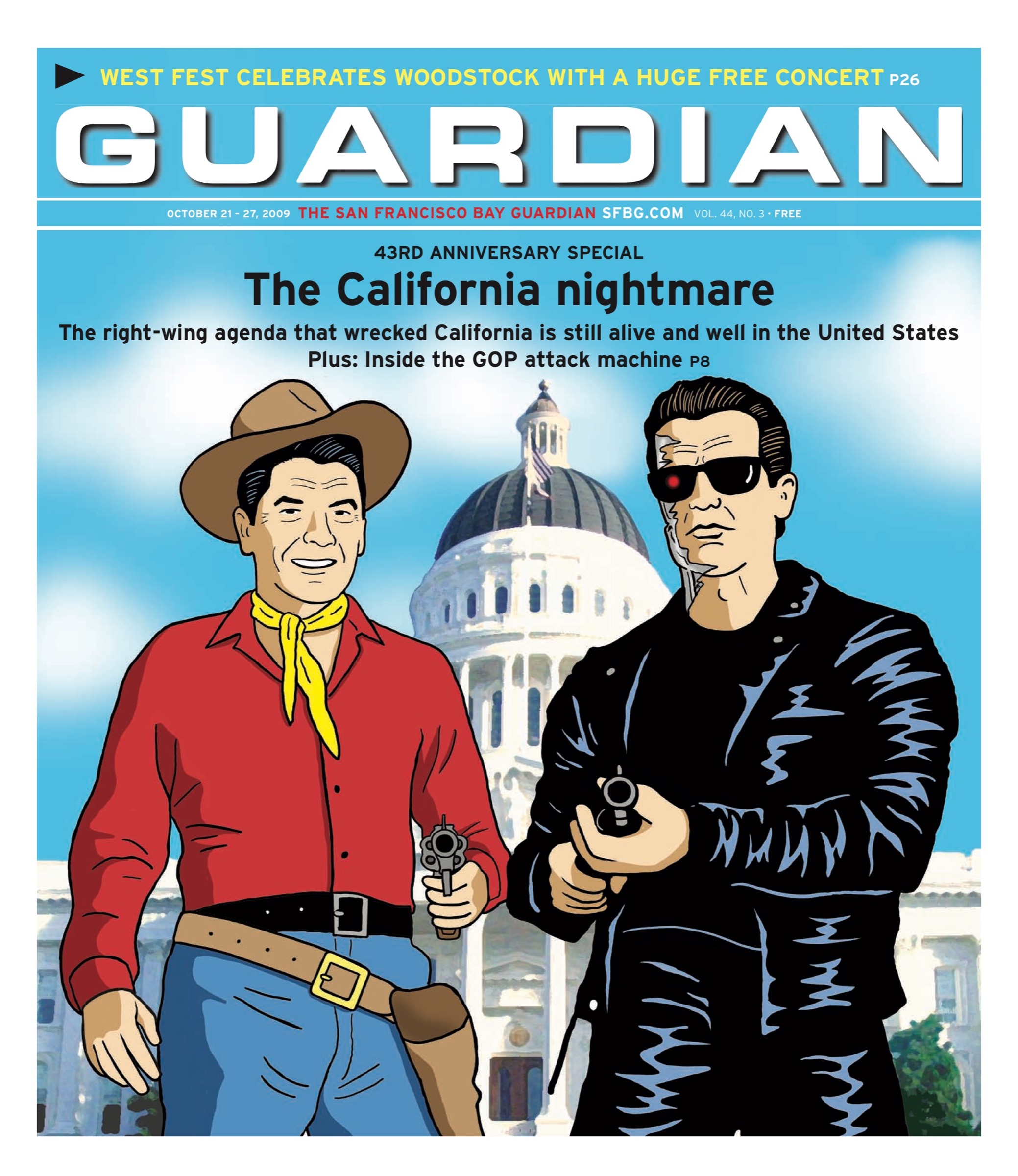arts@sfbg.com
Nol Simonse has no preconceptions about what he wants in a boyfriend, except one. "He has to be able to cut and color a mohawk," the 36-year-old dancer explains before a rehearsal at Dance Mission Theater. His own have ranged from huge to skull-hugging and have tapped into all the colors of the rainbow.
His hair might be the first thing you notice about the tall, reed-thin, and (currently) blond Simonse. But it’s not what you remember once you’ve seen him on stage, with or without an adorned head. He can melt to the floor and give the impression he’s spilling out of his skin; the next moment, he might be caressing some invisible tendril and reaching for the sun. No wonder he is ubiquitous in San Francisco dance.
Simonse has been dancing for major companies like Janice Garrett and Dancers and Stephen Pelton Dance Theater since 2002. Garrett calls him "an amazingly soulful" artist; Pelton admires him because he is always "fully present within the movement." Simonse was a founding member of Kunst-Stoff, was part of Dandelion Dance Theater’s Undressed Project, and has been dancing with choreographers as different as Sue Roginski, Christy Funsch, Heidi Schweiker, Kara Davis, and Sean Dorsey. Filmmaker Greta Schoenberg shot 2006’s Hopscotch with him. When ACT approached him about working with a group of SF Ballet dancers for their The Tosca Project, his response was "why not?" His appetite for dance is insatiable. Simonse needs a database to track his schedule. Instead he writes himself notes "on little sheets of paper — I don’t do computers."
All this activity is not what Simonse expected when he moved to the Bay Area from Virginia, having dropped out of college because he "couldn’t dance 12 hours a day and party all night." He was living in a Tenderloin hotel when he met Tomi Paasonen, cofounder with Yannis Adoniou of Kunst-Stoff. "I hadn’t been dancing for a while, but Tomi told me all I had to do was shake around and be weird." That gig yielded him his first paying job: "I was a pig — a very big pig."
Shortly after that momentous debut, Simonse met ballet teacher Augusta Moore, who encouraged him to seriously pursue his training. His last piece with Kunst-Stoff was Less Sylphides, Adoniou’s deconstruction of one of the great classical ballets. Simonse hasn’t stopped dancing since. Except — ah, yes — he now also choreographs.
>>GOLDIES 2009: The 21st Guardian Outstanding Local Discovery awards, honoring the Bay’s best in arts



